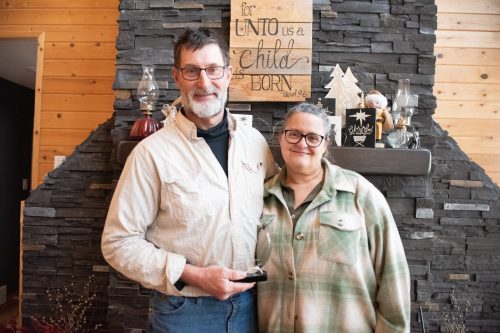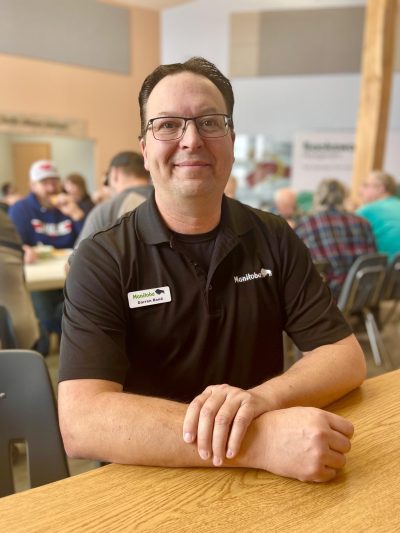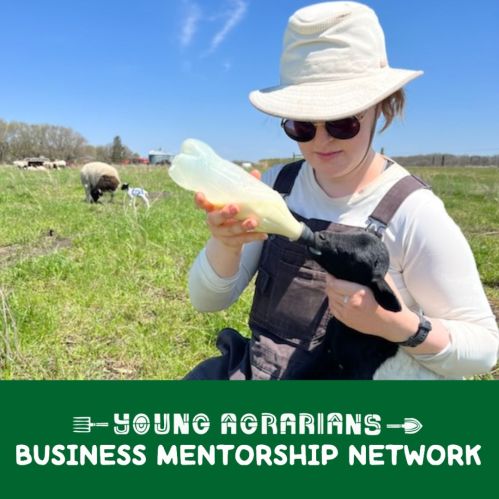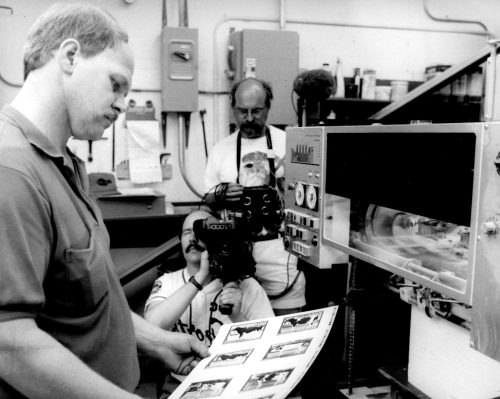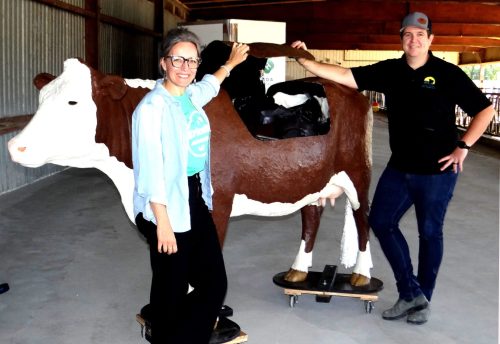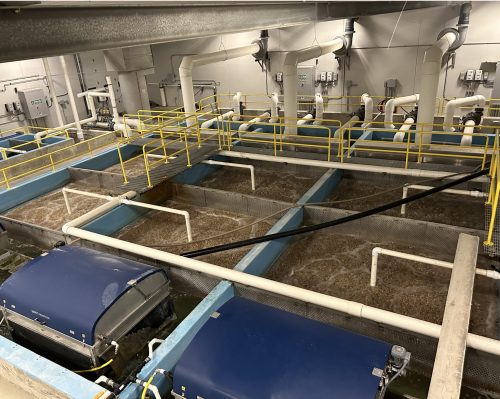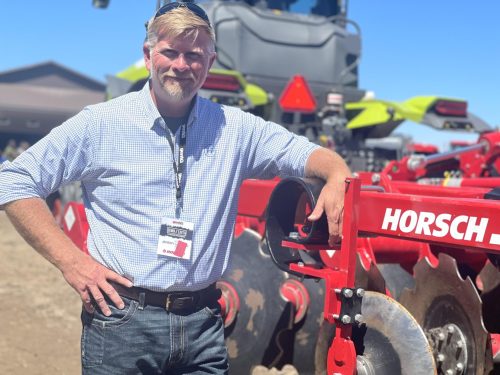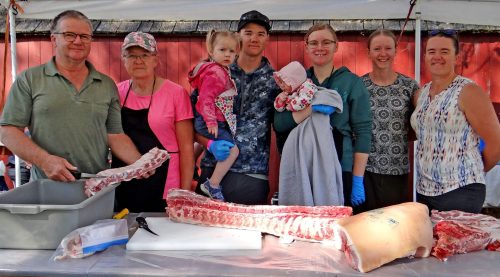Agriculture
El Niño, La Niña, and the 2025 Forecast: what farmers can expect this season
6 minute read Wednesday, Feb. 26, 2025Every farmer wishes they had a crystal ball to predict what Manitoba’s growing season will bring. Will it be another dry year, or will mud-slicked fields make seeding a challenge? While no one can see the future, there is one global weather phenomenon that offers valuable clues for long-range forecasting - and it’s shaping predictions for the 2025 crop season.
Scott Kehler, meteorologist, president and chief scientist of Weatherlogics, has spent years analyzing weather patterns and developing forecasting tools to help farmers and industry professionals prepare for whatever Mother Nature has in store.
With a bachelor’s and master’s degree in meteorology from the University of Manitoba, Kehler specializes in weather research, improving prediction methods, and analyzing past climate events. Despite his focus on research, he remains passionate about day-to-day forecasting, particularly for high-impact weather events.
During his presentation at St Jean Farm Days in January, Kehler shed light on two significant climate patterns - El Niño and La Niña - and how they consistently shape winter weather trends across North America.
Advertisement
Weather
Steinbach MB
5°C, Cloudy with wind
Battling the bugs: Manitoba’s top 10 insect concerns of 2024
5 minute read Preview Tuesday, Feb. 25, 2025Annual ag show draws hundreds to St. Jean
5 minute read Preview Monday, Feb. 24, 2025Harry Siemens: A voice for farmers, a legacy of integrity
6 minute read Preview Sunday, Feb. 23, 2025Sundown farmer wins watershed district award for rotational grazing, cover crops
4 minute read Preview Friday, Feb. 21, 2025Seminar on regenerative agriculture held for local farmers
5 minute read Preview Friday, Feb. 21, 2025Kismet Creek Farm to close after almost eight years
3 minute read Preview Friday, Feb. 21, 2025How Manitoba farmers can navigate profit challenges in 2025
5 minute read Preview Friday, Feb. 21, 2025Cultivating success: mentorship program nurtures new generation of farmers
5 minute read Preview Wednesday, Nov. 20, 2024COLUMN: Carillon Flashback February 24, 1993 – Bovine beauties featured on newest collector cards
4 minute read Preview Wednesday, Nov. 20, 2024Career opportunities focus of Amazing Ag Adventure
7 minute read Preview Monday, Nov. 18, 2024Trout fishing great on Ridgeland Colony
7 minute read Preview Monday, Nov. 18, 2024Farming: A bigger learning curve than it used to be
5 minute read Preview Wednesday, Oct. 9, 2024COLUMN: Carillon Flashback September 14, 1962 – Marchand tobacco may become next new cash crop for Manitoba
3 minute read Preview Tuesday, Oct. 8, 2024Southeast diversity spells success for Hutlet Seeds
7 minute read Preview Tuesday, Oct. 8, 2024‘Fall on the Farm’ more than just one day for Froese family
8 minute read Preview Monday, Oct. 7, 2024LOAD MORE





